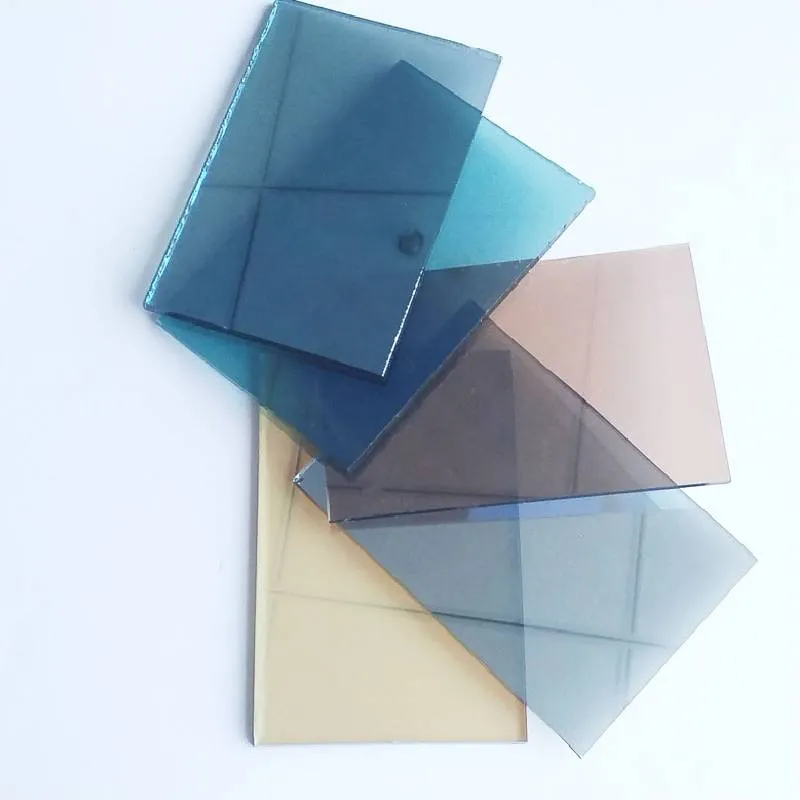Custom Architectural Glass Transforming Spaces with Innovation and Style
In the realm of modern architecture, the material selection is as vital as the design itself. One of the most innovative materials that has been making waves in the industry is custom architectural glass. This material not only enhances aesthetic appeal but also brings functionality, sustainability, and versatility to architectural projects. As architects and designers continuously seek ways to elevate their work, custom architectural glass has emerged as a key player in transforming spaces.
The Aesthetic Appeal of Custom Glass
Custom architectural glass offers a plethora of design options that allow architects to push the boundaries of creativity. From vibrant colors and intricate patterns to unique textures and finishes, the possibilities are virtually endless. Glass can be etched, printed, or tinted to create stunning visual effects that capture light and create ambiance. Whether it’s a striking glass façade that reflects the surrounding environment or interior glass partitions that provide a sense of openness while maintaining privacy, custom glass can be tailored to meet the specific design vision of any project.
Additionally, custom architectural glass can also enhance the overall branding of a business. For example, retail establishments can showcase their products and create an inviting atmosphere through the use of glass storefronts. The transparency and elegance of custom glass can attract customers and strengthen a brand’s image, making it an effective marketing tool.
Functional Benefits
Beyond aesthetics, custom architectural glass also provides numerous functional benefits that can significantly enhance the performance of a building. One of the most notable advantages is its ability to regulate natural light. With advanced glazing technologies, architects can design glass elements that maximize daylight penetration while minimizing heat gain and glare. This not only creates a more comfortable indoor environment but also reduces the need for artificial lighting, contributing to energy savings.
Furthermore, custom architectural glass promotes energy efficiency
. With the incorporation of insulated glass units (IGUs), low-emissivity (Low-E) coatings, and other energy-efficient technologies, glass can contribute to a building’s overall thermal performance. By improving insulation and reducing energy consumption, custom glass plays a vital role in sustainable design practices, helping buildings meet stringent energy codes and environmental certifications.
custom architectural glass
Sustainability and Environmental Impact
As the world becomes increasingly conscious of environmental issues, the demand for sustainable building materials continues to grow. Custom architectural glass can be produced using recycled materials and is itself 100% recyclable, making it an eco-friendly choice. Additionally, by increasing natural light and reducing reliance on artificial lighting, glass helps lower energy consumption, aligning with green building principles.
Moreover, advancements in fabrication technologies have led to the development of glass that can even generate energy. Photovoltaic glass, for instance, can be integrated into building designs to harness solar energy while maintaining aesthetic value. This innovation allows architects to capitalize on renewable energy sources, further reducing the carbon footprint of a building.
Versatility and Adaptability
One of the standout features of custom architectural glass is its versatility. It can be used in a variety of applications, including office buildings, residential homes, educational institutions, and public spaces. From curtain walls and skylights to shower enclosures and balustrades, custom glass can adapt to any design requirement. This adaptability allows architects to seamlessly integrate glass into their designs, creating harmonious spaces that resonate with their intended function.
Additionally, custom architectural glass can also enhance safety and security. Laminated and tempered glass options offer increased strength and durability, making them ideal for high-traffic areas and locations susceptible to extreme weather conditions. By prioritizing safety, architects can ensure that their designs not only look good but also protect the occupants within.
Conclusion
In conclusion, custom architectural glass serves as a transformative material that enhances the aesthetic, functional, and sustainable aspects of modern architecture. With its vast design possibilities, energy-efficient properties, and adaptable nature, it is no wonder that architects are increasingly turning to glass as a primary material for their projects. As we move forward in a world that values innovation and sustainability, custom architectural glass will continue to play a pivotal role in shaping the built environment, creating spaces that inspire and engage. Whether for commercial or residential use, the integration of custom glass elevates the ordinary to the extraordinary, making it an essential component of contemporary architectural design.
 Afrikaans
Afrikaans  Albanian
Albanian  Amharic
Amharic  Arabic
Arabic  Armenian
Armenian  Azerbaijani
Azerbaijani  Basque
Basque  Belarusian
Belarusian  Bengali
Bengali  Bosnian
Bosnian  Bulgarian
Bulgarian  Catalan
Catalan  Cebuano
Cebuano  Corsican
Corsican  Croatian
Croatian  Czech
Czech  Danish
Danish  Dutch
Dutch  English
English  Esperanto
Esperanto  Estonian
Estonian  Finnish
Finnish  French
French  Frisian
Frisian  Galician
Galician  Georgian
Georgian  German
German  Greek
Greek  Gujarati
Gujarati  Haitian Creole
Haitian Creole  hausa
hausa  hawaiian
hawaiian  Hebrew
Hebrew  Hindi
Hindi  Miao
Miao  Hungarian
Hungarian  Icelandic
Icelandic  igbo
igbo  Indonesian
Indonesian  irish
irish  Italian
Italian  Japanese
Japanese  Javanese
Javanese  Kannada
Kannada  kazakh
kazakh  Khmer
Khmer  Rwandese
Rwandese  Korean
Korean  Kurdish
Kurdish  Kyrgyz
Kyrgyz  Lao
Lao  Latin
Latin  Latvian
Latvian  Lithuanian
Lithuanian  Luxembourgish
Luxembourgish  Macedonian
Macedonian  Malgashi
Malgashi  Malay
Malay  Malayalam
Malayalam  Maltese
Maltese  Maori
Maori  Marathi
Marathi  Mongolian
Mongolian  Myanmar
Myanmar  Nepali
Nepali  Norwegian
Norwegian  Norwegian
Norwegian  Occitan
Occitan  Pashto
Pashto  Persian
Persian  Polish
Polish  Portuguese
Portuguese  Punjabi
Punjabi  Romanian
Romanian  Russian
Russian  Samoan
Samoan  Scottish Gaelic
Scottish Gaelic  Serbian
Serbian  Sesotho
Sesotho  Shona
Shona  Sindhi
Sindhi  Sinhala
Sinhala  Slovak
Slovak  Slovenian
Slovenian  Somali
Somali  Spanish
Spanish  Sundanese
Sundanese  Swahili
Swahili  Swedish
Swedish  Tagalog
Tagalog  Tajik
Tajik  Tamil
Tamil  Tatar
Tatar  Telugu
Telugu  Thai
Thai  Turkish
Turkish  Turkmen
Turkmen  Ukrainian
Ukrainian  Urdu
Urdu  Uighur
Uighur  Uzbek
Uzbek  Vietnamese
Vietnamese  Welsh
Welsh  Bantu
Bantu  Yiddish
Yiddish  Yoruba
Yoruba  Zulu
Zulu 

